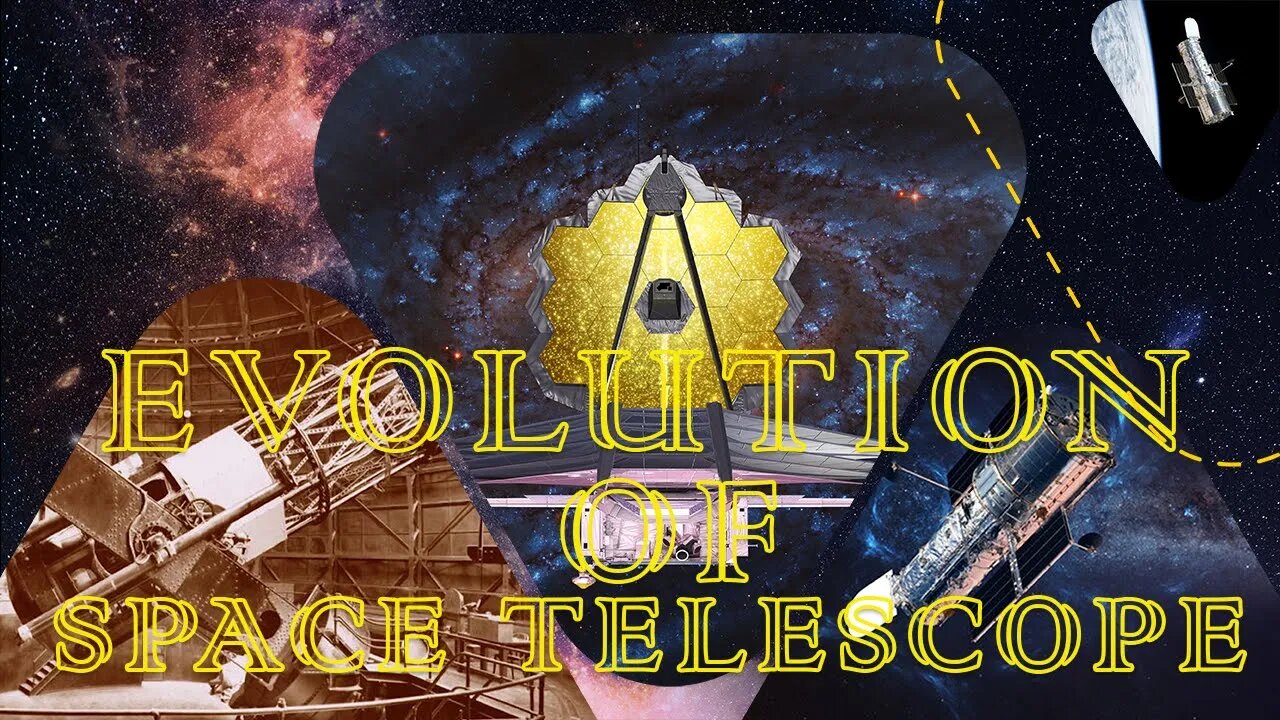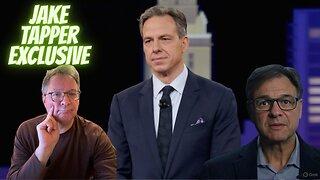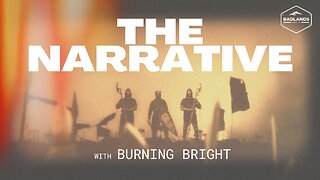Premium Only Content

Evolution of Space Telescope | Changes The Concept Of Space Sciences | Exploring Space By Telescope
Evolution of Space Telescope
In 1609 an Italian physicist and astronomer named Galileo became the first person to point a telescope skyward. Although that telescope was small and the images fuzzy, Galileo was able to make out mountains and craters on the moon, as well as a ribbon of diffuse light arching across the sky -- which would later be identified as our Milky Way galaxy. After Galileo's and, later, Sir Isaac Newton's time, astronomy flourished as a result of larger and more complex telescopes. With advancing technology, astronomers discovered many faint stars and the calculated stellar distances. In the 19th century, using a new instrument called a spectroscope, astronomers gathered information about the chemical composition and motions of celestial objects.
Twentieth-century astronomers developed bigger and bigger telescopes and, later, specialized instruments that could peer into the distant reaches of space and time. Eventually, enlarging telescopes no longer improved our view… all because of the Earth's atmosphere.
A Telescope in the Sky? Why?
The next time you gaze up at the night sky, you're likely to spot a twinkling star. But is it really twinkling? What looks like a twinkling star to our eyes is actually steady starlight that has been distorted, or bent, by the Earth's atmosphere. The visual effect of this distortion is like looking at an object through a glass of water.
Ever since mankind managed to reach space in the late 1950s, the principal goal was to explore our universe, find out more about the place we live in, and try to gather as much data as possible about not only our solar system but also the galaxy that we are part of. One of the most useful tools that we have sent to space is of course telescopes, which can be made in all shapes and sizes, with the ability to work and observe the large array of working ranges of the electromagnetic spectrum, from Gamma Rays all the way to the Radio signals.
In July 1958, an astronomer at the University of Wisconsin–Madison named Arthur “Art” Code received a telegram from the fledgling Space Science Board of the National Academy of Sciences. The agency wanted to know what he and his colleagues would do if given the opportunity to launch into Earth’s orbit an instrument weighing up to 100 pounds.
Code, newly-minted director of the University’s Washburn Observatory, had something in mind. His department was already well known for pioneering a technique for measuring the light emitted by celestial objects, called photoelectric photometry, and Code had joined the university with the intent of adapting it to the burgeoning field of space astronomy.
#spacetelescope
#spacesciences
#hubbletelescope
#evolutionofspacetelescope
#jameswebbspacetelescope
-
 21:22
21:22
Nikko Ortiz
1 day agoI MUST BREAK EVERYTHING!!
62.9K5 -
 LIVE
LIVE
Lofi Girl
3 years agolofi hip hop radio 📚 - beats to relax/study to
205 watching -
 56:38
56:38
DeProgramShow
2 days agoDeprogram with Ted Rall and John Kiriakou: "Jake Tapper on the Global Hunt for an Al Qaeda Killer”
32K6 -
 16:30
16:30
GritsGG
2 days agoWarzone's New Zombie Royal Mode is AWESOME!
5.73K2 -
 1:43:07
1:43:07
The Michelle Moore Show
3 days ago'The 12 Open Doors' Guest, Steve Jarvis: The Michelle Moore Show (Oct 17, 2025)
39.7K13 -
 30:55
30:55
TruthStream with Joe and Scott
7 days agoTruthStream in Ireland, Rebels Across the Pond, Bono discussed, with Freedom Now Acoustic from a Pub
9.74K12 -
 3:12:34
3:12:34
Badlands Media
1 day agoThe Narrative Ep. 43: Unity.
351K82 -
 2:43:11
2:43:11
TheSaltyCracker
10 hours agoWe Kill You Rally ReeEEStream 10-19-25
98.8K281 -
 7:54:17
7:54:17
Putther
15 hours ago $29.61 earned🔴LAZY SUNDAY STREAM!! (GTA + MORE)
80.1K12 -
 10:38
10:38
Colion Noir
9 hours agoHe Installed a Forced Reset Trigger at a Gun Range… and Got Arrested | What You Need to Know
61.9K24